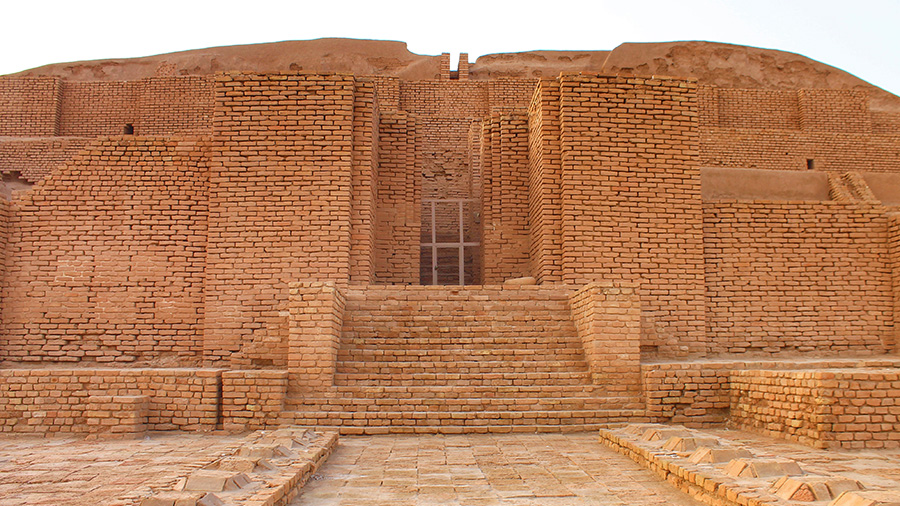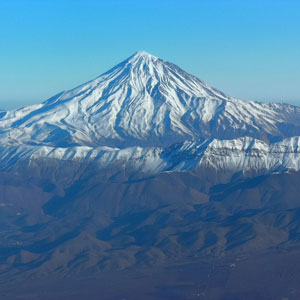 Signin with Google
Signin with Google Signin with Facebook
Signin with Facebook

 Places,Culture,History
Places,Culture,HistoryTchogha Zanbil, a Million Bricks to the Elamite God

Next to the fertile lands of Mesopotamia, was once another cradle of humanity. Here stood the great kingdom of Elam, the "land of the Elymaei", in the watershed of the river Karun. Near their legendary capital, Susa, the Elamite king Untash-Napirisha raised a majestic temple to honour the protector of the city, the great god Inshushinak. Back then, Chogha Zanbil was thus known as "DurUntash", the city of Untash.
Stone after stone, a majestic pyramidal complex known as “Ziggurat” was made out of mud brick, high enough to reach the sky. As it was a sacred complex, mostly priests and servants lived there, next to the royal family. On top of the massive structure, rested the figure of Inshushinak, in a private shrine where only the king and the queen were allowed. Invisible from the outside, a flight of vaulted stairs led to the top of the five-storey building. There, the royal couple could overlook the horizon of the green valley and palm trees, contemplating the empire the gods granted us.
The fall of an empire
But Untash-Napirisha did not have the time to see its masterpiece finished, as he brutally died, called to answer the trial of its worshipped god Inshushinak, judge of the souls of the dead. Soon, its glorious religious city was wiped off and destroyed by the fierce Assyrian king Ashurbanipal. Inhabited during a few centuries, the site was then left alone. Slowly covered with the sand carried by floodwaters, it has been forgotten and condemned to disappear under the soil.
The rebirth of Tchogha Zanbil
Up until late 1940. At that time, Frenches were digging the lands of Khuzestan to reach its black gold. One of their archaeologist, Roman Ghirshman, made another incredible discovery. On top of a mud hill, he found an ancient tablet bearing Elamite cuneiform inscriptions. The splendour of this dynasty was about to be reborn by being excavated over ten years. Its current name "Tchogha Zanbil", which means "upside-down basket", comes from the name of the mud hill which once buried the great pyramid.
It is now considered the best-preserved Ziggurat in the world, and an outstanding example of Elamite architecture. That is why it was the first Iranian site to be enlisted by UNESCO on the World Heritage List in 1979.

An exceptional architecture
Even though it now has half of its original size, this ochre and geometrical structure still stand at more than 24 meters high. An intricacy of mud and glazed bricks rises on four levels. Unlike other Mesopotamian ziggurats, each floor of the building has its own independent foundations. On this site was also found the oldest water treatment system, as a testimony of the ingenuity of the Elamite civilization. In the immensity of its natural surrounding, the radiant colour of its walls inspired admiration, while the wind seems to whisper some of the secrets still held inside the pyramid. At night, the contrasts of its warm bricks over the dark blue sky transport the visitors back to the glory of the Elamites.
A curse protecting the temple
The cuneiform inscriptions all over the structure remind them to honour and respect this millennium temple. Otherwise, they might also suffer from the vengeance of the gods. Assyrians, who ravaged this place, would have been wiser to read the writings over its walls, cursing anyone who would harm the building. Superstition or not, their Empire vanished soon after destroying the sacred complex. Even the French archaeologist, who bring many remains from Chogha Zanbil to France, has been the last of his name, unable to have children.

